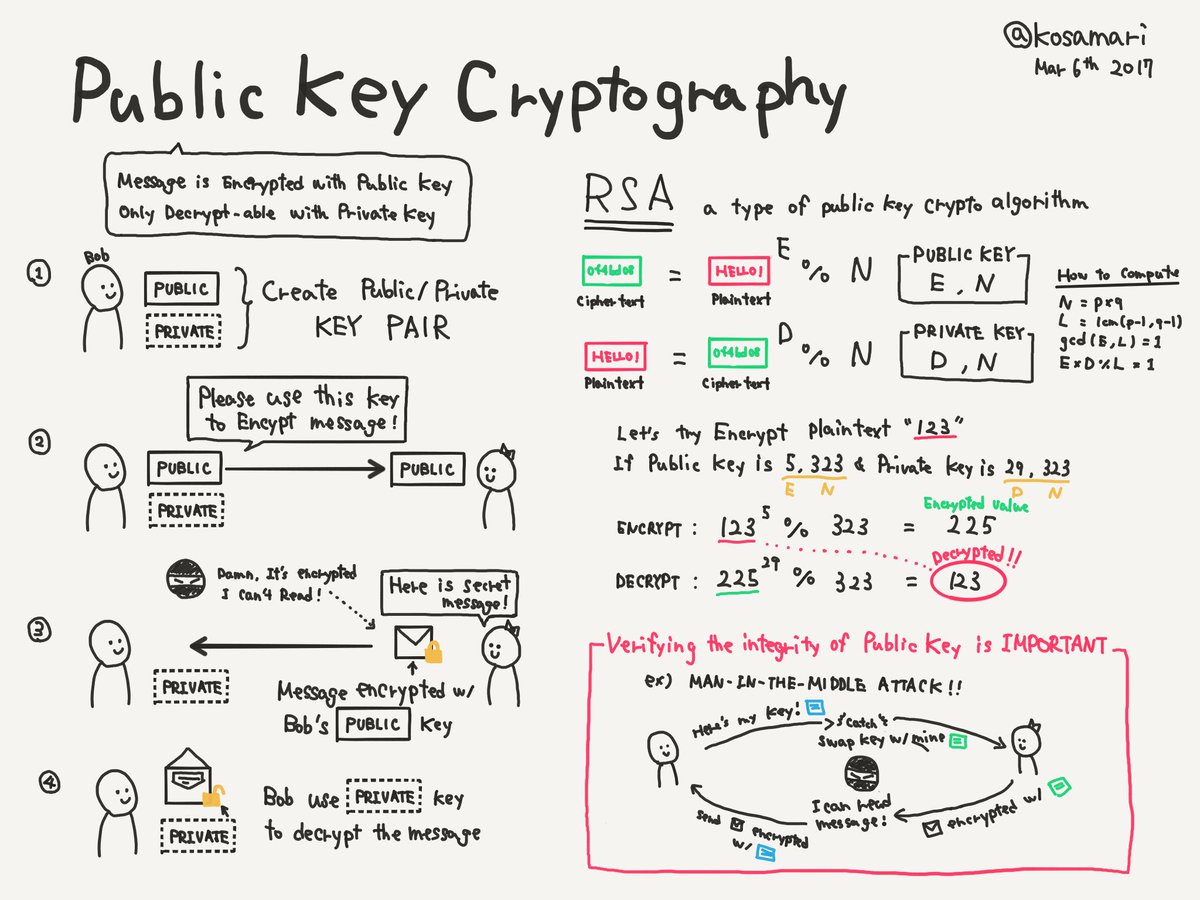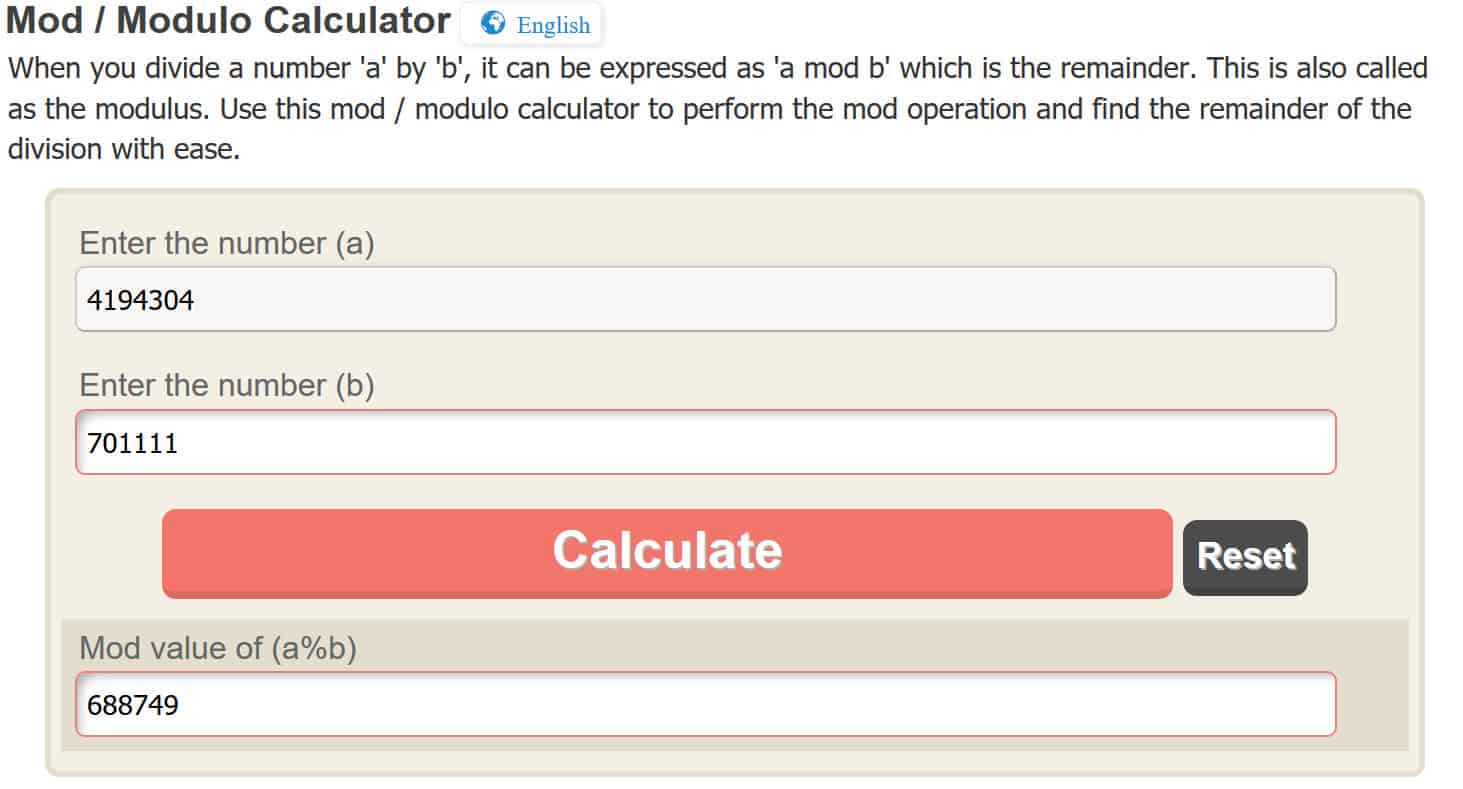

Typedef RSAES >::Decryptor RSAES_OAEP_SHA_Decryptor Typedef RSAES::Encryptor RSAES_PKCS1v15_Encryptor Typedef RSAES::Decryptor RSAES_PKCS1v15_Decryptor

Due to implementation problems with PKCS padding, you should favor OAEP padding. The first is based on PKCS #1 version 1.5, and the second is based on OAEP and SHA. To ease use of the library, two typedefs are offered. There is some hand waiving here - at least two layers of templates exist before encountering TF_EncryptorBase and TF_DecryptorBase in cryptlib.h. TF stands for trapdoor function, and ES stands for encryption scheme. The TF_ES class exposes the functionality that is often used when working with RSA. See A bad couple of years for the cryptographic token industry. Note: RSA encryption with PKCS v1.5 padding should only be used with extreme caution due to padding oracle attacks. For example, when PKCS processing is required, PKCS1v15 is specified as the parameter. The template parameter, STANDARD, simply specifies additional algorithms. The high level RSA encryption schemes are exposed through RSAES, which is defined as follows.


Both RSA::PublicKey and RSA::PrivateKey provide the function overloads. If you have a RSA private key composed of public key into Crypto++, use Initialize. A more complete treatment of saving and loading keys is covered in Keys and Formats. If loading from disk, use the Load function. To persist the keys to disk in the most inter-operable manner, use the Save function. Once the keys are created, they can be passed to Encryptors, Decryptors, Signers, and Verifiers. PrivateKey.GenerateRandomWithKeySize(rng, 3072) A more detailed treatment of keys, generation, loading, saving, and formats can be found at Keys and Formats. In practice, RSA::PrivateKey could be used instead of InvertibleRSAFunction (to improve readability) and RSAES_PKCS1v15_Encryptor, RSAES_OAEP_SHA_Encryptor, and friends should be used. Params.GenerateRandomWithKeySize(rng, 3072) In much of the sample code, InvertibleRSAFunction is used as follows to create a logical separation for demonstration purposes. GenerateRandomWithKeySize calls GenerateRandom with the modulus size encoded as a NameValuePairs. The parameters to the function are a RandomNumberGenerator and the modulus size specified in bits. GenerateRandomWithKeySize (RandomNumberGenerator &rng, unsigned int keySize) To generate a key pair, InvertibleRSAFunction offers GenerateRandomWithKeySize: Typedef InvertibleRSAFunction PrivateKey Operations on keys, such as generating, validating, loading, saving, importing, exporting, and formats are discussed in detail at Keys and Formats.Ĭrypto++ RSA keys are typedef'd in rsa.h as follows. If interested in directly performing exponentiation using RSA primitives, see Raw RSA. The following will discuss some of the finer details of Crypto++, RSA keys, RSA encryption schemes, and RSA signature schemes. There's a RSAES (encryption scheme) and RSASS (signature scheme).
RSA ENCRYPTION PDF DOWNLOAD
As such, the earliest version of Crypto++ available for download is Crypto++ 2.3.Ĭrypto++ exposes most RSA encrpytion and signatures operations through rsa.h. The Crypto++ 1.0 release was withdrawn due to RSA Data Security, Inc asserting a patent claim over the RSA algorithm. However, Cocks did not publish since the work was considered classified, so the credit lay with Rivest, Shamir, and Adleman.Ĭrypto++ 1.0 was released in the early 1990s and it included the RSA algorithm. Though Rivest, Shamir, and Adleman are generally credited with the discovery, Clifford Cocks, the Chief Mathematician at GCHQ (the British equivalent of the NSA), described the system in 1973. The system was developed in 1977 and patented by the Massachusetts Institute of Technology. It is based on the Integer Factorization Problem. RSA is the work of Ron Rivest, Adi Shamir, and Leonard Adleman.


 0 kommentar(er)
0 kommentar(er)
